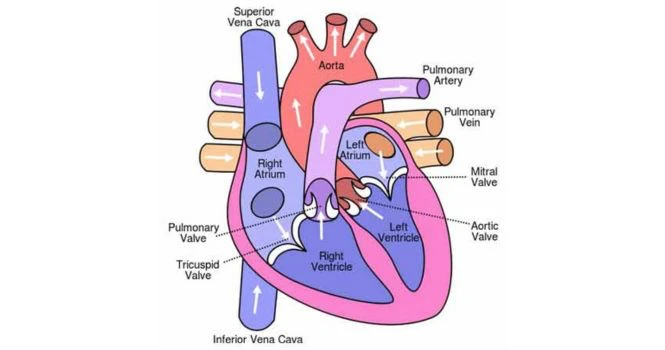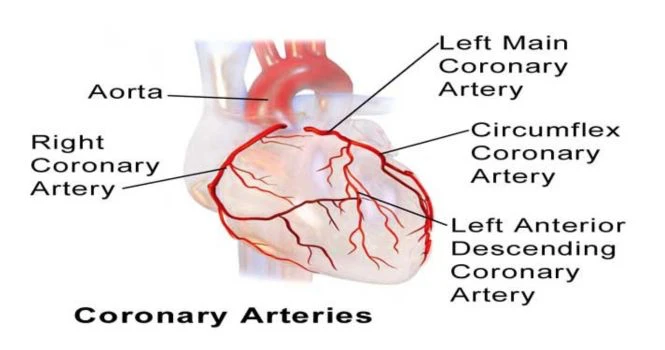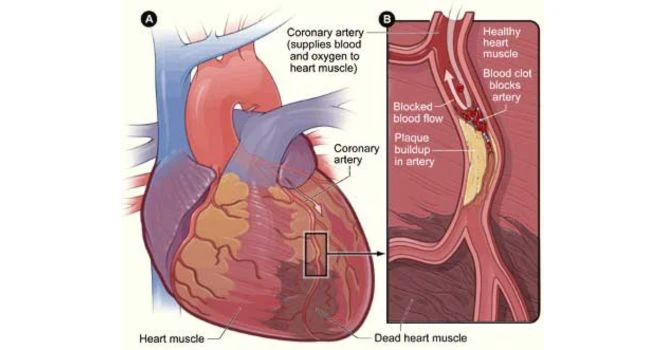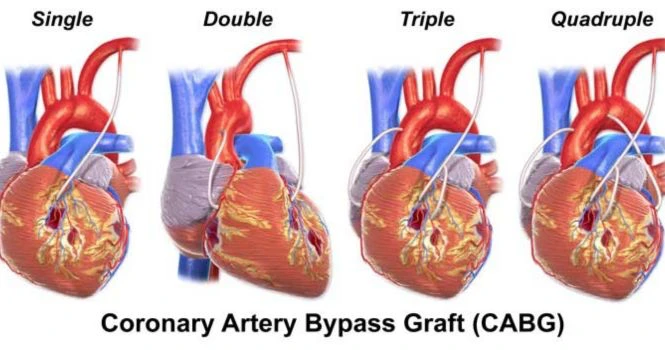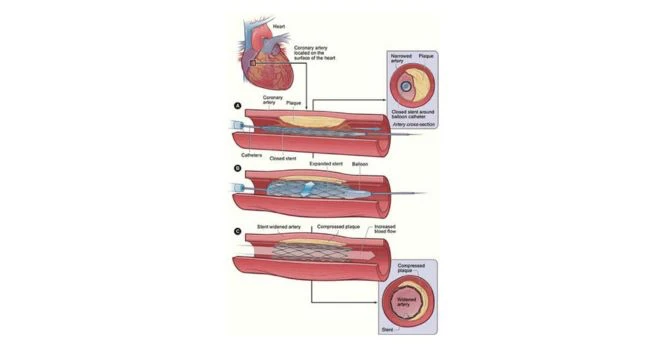
Heart’s blood is supplied by coronary arteries . To check the conditions of the coronary arteries, an angiography procedure is done, to check the degree of blockage or no blockage in the coronary arteries.
Angiography , also called cardiac catheterisation, is a procedure done in the operation theatre by a Cardiologist, While a Coronary Bypass surgery is done by a Cardiac surgeon.
It can be an Emergency procedure, if the patient’s condition is deteriorating or an elective procedure.
The Patients are asked to take a few tests and more importantly to access the kidney function, as the dye used in the procedure is excreted through the kidneys.
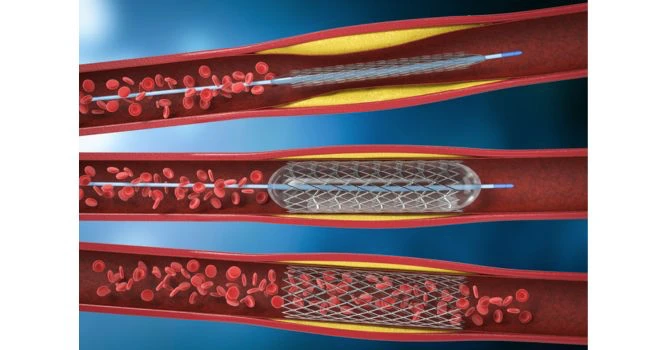
When is Angiography indicated?
- You are high risk for coronary artery disease with chest pain
- Chest pain which is increasing, while other conditions are ruled out
- You have a congenital heart disease
- A positive TMT test
Procedure of Angiography:
Aim of the procedure is to find the blockages in the coronary arteries.
We can access the coronary arteries either by the Radial artery, which is in the hand or
We can access the coronary through the femoral artery, which is found in the thigh.
Access through the femoral artery was done for many years and now cardiologists are following the radial route.
Access is gained with specialised intravascular catheters and a dye is inserted into the coronary artery through a probe inserted from the radial or ulnar artery in the hand or femoral artery in the thigh and visualized live from a specialized x-ray machine.
The patient would be awake during the procedure and can see the proceedings on a large screen live as it happens in real time. The procedure is painless.
Benefits of Angiography:
It gives us the clear picture of the number of arteries blocked and the percentage of blockade as well as their location. It’s also called Per Cutaneous coronary angiography.
It is the Treatment of Choice for any blockade in the coronary arteries.
It helps the doctors to take decisions based on the angiograms ( x-rays)
Angioplasty:
Angioplasty is a treatment where a stent is placed to open a blocked artery to increase the blood flow to the heart. A stent is a metal mesh tube, which is used to open up the vessels and placed at the blockage site. Stents are often coated with drugs, called drug eluding stent. If needed, an angioplasty will normally be done immediately following an angiography, as part of the same procedure.
Medical Managements with drugs are usually recommended for blockages less than 50%.
Risks of angiography and angioplasty:
As with all medical procedures, there are both risks and benefits associated with having a coronary angiography and angioplasty.
Minor complications may include:
- Minor oozing from the insertion site
- Bruising at the catheter entry point – this is relatively common. You should not be overly concerned unless the area becomes painful, or appears to be getting worse. Bruising discolouration may stay for a few weeks.
- Allergy to the contrast dye used, causing symptoms such as a rash – you should discuss any allergies that you have with your cardiologist before having the procedure.

